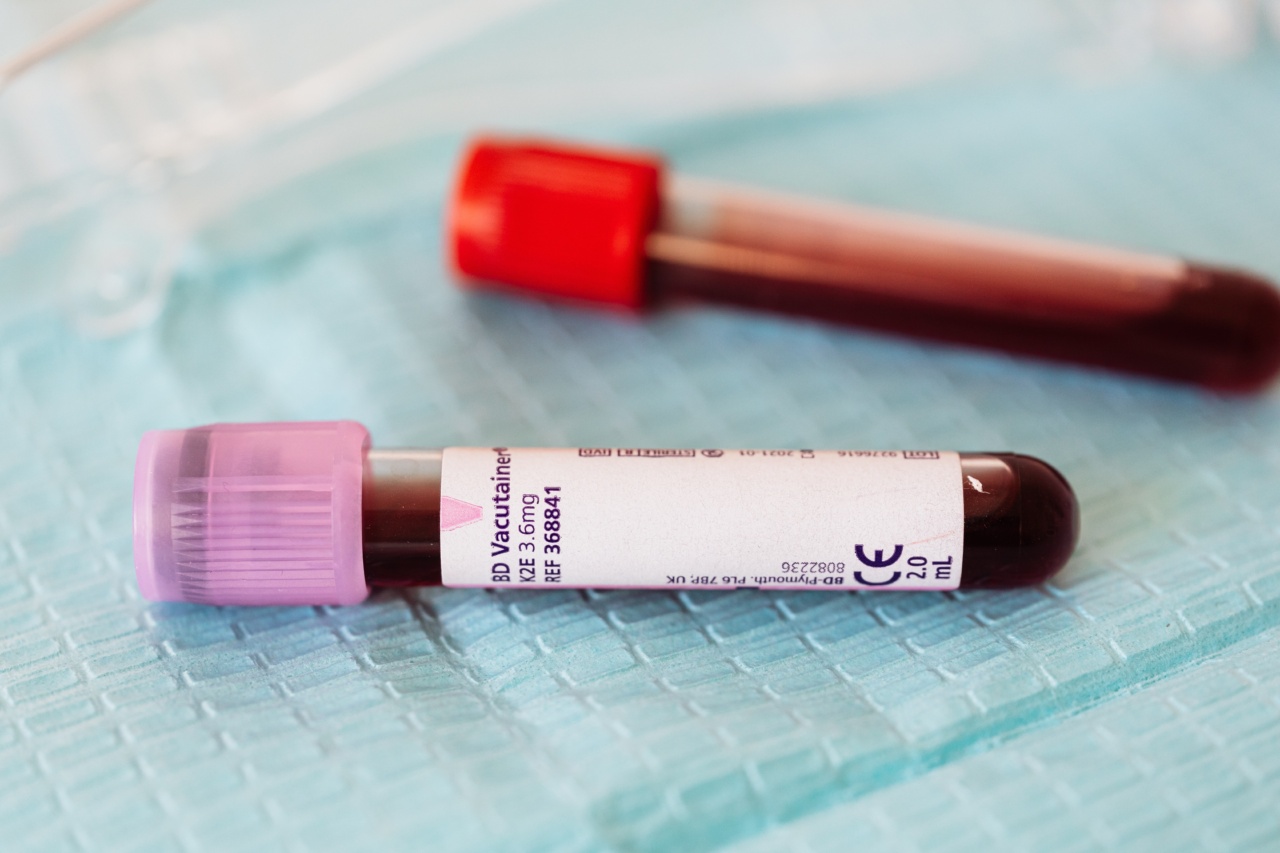Peripheral Arterial Disease (PAD) is a condition characterized by narrowed arteries that reduce blood flow to the lower extremities, particularly the legs and feet.
This condition can lead to various foot problems, ranging from poor wound healing to foot ulcers and, in severe cases, even amputation. While PAD can be caused by multiple factors, maintaining a healthy diet plays a crucial role in protecting your feet from this condition and promoting overall foot health.
Understanding Peripheral Arterial Disease (PAD)
PAD occurs when arteries in the legs become narrowed or blocked due to the buildup of fatty deposits, also known as plaque. This restricts blood flow to the legs and feet, leading to inadequate oxygen and nutrient supply to the tissues.
Over time, PAD can cause pain, cramping, numbness, weakness, non-healing wounds, and other complications in the lower extremities.
The Role of a Healthy Diet in PAD Prevention
A healthy diet rich in essential nutrients is vital in managing and preventing PAD. Here are some key dietary strategies to protect your feet from Peripheral Arterial Disease:.
1. Maintaining a Balanced Diet
A well-balanced diet should include a variety of fruits, vegetables, whole grains, lean proteins, and healthy fats. This provides the body with the necessary nutrients, vitamins, and minerals to support overall vascular health.
Aim to incorporate a colorful mix of fruits and vegetables into your meals as they are rich in antioxidants and anti-inflammatory compounds.
2. Increasing Fiber Intake
Dietary fiber plays a crucial role in maintaining cardiovascular health. It helps regulate blood cholesterol levels, reduces inflammation, and aids in the prevention of plaque buildup in the arteries.
Whole grains, legumes, fruits, and vegetables are excellent sources of fiber. Consuming foods high in fiber can contribute to better arterial health and reduce the risk of PAD complications.
3. Emphasizing Healthy Fats
Choosing healthy fats, such as those found in nuts, seeds, avocados, and olive oil, can help improve blood lipid profiles and promote cardiovascular health.
These fats contain essential fatty acids, including omega-3 and omega-6, which have anti-inflammatory properties and support optimal blood circulation.
4. Limiting Sodium Intake
Excessive sodium consumption can lead to water retention and high blood pressure, increasing the strain on the cardiovascular system. Opt for low-sodium alternatives and avoid processed foods, as they often contain high amounts of sodium.
Reducing sodium intake can help maintain healthy blood pressure levels and protect against PAD development.
5. Including Antioxidant-Rich Foods
Antioxidants are compounds that can neutralize harmful free radicals and reduce oxidative stress, which is known to contribute to arterial damage.
Colorful fruits and vegetables, particularly berries, citrus fruits, leafy greens, and tomatoes, are excellent sources of antioxidants. Including these foods in your daily diet can provide protection against PAD.
6. Omega-3 Fatty Acids for Vascular Health
Omega-3 fatty acids, found in fatty fish like salmon, mackerel, and sardines, play a crucial role in maintaining cardiovascular health. They help reduce inflammation, prevent blood clots, and promote healthy blood vessel function.
If you don’t consume fish, you can also obtain omega-3s from plant-based sources like flaxseeds, chia seeds, and walnuts.
7. Magnesium for Improved Blood Flow
Magnesium is an essential mineral that contributes to muscle function and plays a role in promoting healthy blood flow. Include magnesium-rich foods such as spinach, almonds, bananas, and dark chocolate in your diet.
Adequate magnesium intake can support overall vascular health and reduce the risk of PAD.
8. Vitamin C and Collagen Production
Vitamin C is important for collagen synthesis, which is vital for maintaining the integrity of blood vessels. Citrus fruits, strawberries, bell peppers, and kiwi are excellent sources of vitamin C.
By promoting collagen production, vitamin C helps strengthen blood vessel walls and maintains their flexibility, reducing the risk of PAD-related complications.
9. Vitamin E for Antioxidant Protection
Vitamin E is a potent antioxidant that protects against cellular damage and oxidative stress. Nuts, seeds, spinach, and avocados are good sources of vitamin E.
Including these foods in your diet can help prevent arterial damage and reduce the risk of PAD.
10. Hydration for Optimal Circulation
Adequate hydration is crucial for maintaining optimal blood circulation in the lower extremities. Drinking an adequate amount of water throughout the day helps dilute the blood, preventing it from becoming too viscous and impeding circulation.
Aim to consume at least 8 glasses of water daily and adjust your intake based on your activity level and environmental conditions.
By adopting a healthy diet that incorporates these key elements, you can enhance vascular health, reduce the risk of Peripheral Arterial Disease, and protect your feet from potential complications.



























